Fiddle Leaf Fig resuce
tiera001
8 years ago
Featured Answer
Sort by:Oldest
Comments (65)
Dave
7 years agoUser
7 years agoRelated Discussions
Ficus lyrata fiddle leaf fig - all leaf drop -HELP
Comments (1)My before and after no leaf current state of my plant. The above post has all my information. Not sure why the post made me split it...See MoreFicus lyrata / fiddle leaf fig leaf peoblem
Comments (4)Hi Dave. I took the plant from a 4" plastic nursery pot & put entire root ball with all existing dirt into a 5" clay pot. Did not remove any of original dirt. In the half inch around outer part of pot I added 'Fafard complete potting mix' for flowering, foliage, tropical plants. Breakdown: total nitrogen 0.09% (from ammoniacal, nitrate, water soluble, & urea nitrogen), available phosphate 0.04%, & soluble potash 0.06%. In the soil I added a small pinch of vermiculite mixed thoroughly. Less than 1/4 teaspoon. To help with drainage. I watered after putting in new pot with the small amount of additional new soil. Before that it had been about a week prior since watering. The FLF has been housed in a southeastern corner room with a ceiling fan on low. It would completely dry out the soil in about 5-7 days in that small plastic pot. The fan has been helpful for other plants in that room. After the pot change Friday, I did move it to an upstairs southern facing window where it remained for the weekend until today. It would have had a bit more direct sun for sure through that window. :/ I hope these details are helpful. I appreciate your time and any insight. I am devestated. As an avid indoor gardener, I'm heartbroken to see this and think that I've caused it....See MoreFiddle Leaf Fig (Ficus Lyrata) leaf issues
Comments (11)You're using the dowel correctly. Water when it first comes out dry. I will begin fertilizing per your recommendations--additional info to ensure I am using a good fertilizing regimen would be helpful. I'm not sure how often I should fertilize, and how that will change when the plants go dormant, and when that may be...I would expect that in October they would be at the end of their growing season, but they have both put out two new leaves in the last few weeks. They won't go completely dormant, but they will become largely quiescent or at rest but growing slowly. How fast they grow depends primarily on light levels, temperatures, and nutrition. If you invest in a container of Foliage-Pro 9-3-6, you won't need anything else. Did you read the link I left above about how to deal with water-retentive soils? My plan would be to flush the soil thoroughly asap, then fertilize with a full recommended solution of the FP 9-3-6. It makes more sense by far to tie your fertilizing frequency to your watering frequency. If you continue to water in sips for the winter, flush the soil every 6th time you water and fertilize right after with a full recommended dose. Using a full dose when the soil is still saturated means there won't be a full strength concentration in the soil solution because of all the water already in the soil. People that simply recite the advice that you shouldn't fertilize in winter usually tell you that the plant doesn't need fertilizer because it's not growing, but nutrients are used by the plant to keep its systems orderly and do more than grow, so your plant needs a full compliment of nutrients in the soil all year long. The plan I just laid out will help you maintain the proper ratio of nutrients at an appropriate concentration and prevent the ratio of nutrients (each to the others) from becoming out of balance, which can very quickly become a serious issue if you're watering in sips. More on flushing the soil if you actually plan on following that advice. You'll also find plenty of good info that will help turn your plant around if you follow the link. Speaking of, the plant that put out the deformed leaf is now producing leaves with holes...at first I feared it was pests, but it looks like they are just developing with holes in them. Would this be caused by the same water/fertilizing issues we've discussed? Very commonly, dry air causes a leaf of F lyrata to stick to itself before it unfurls. As the leaf opens, the 'stuck together' part often tears, leaving split leaves, or if the entire piece of tissue that's stuck to another part of the leaf's surface pulls free - a hole. This is very common in leaves that unfurl in winter when humidity is VERY low or in leaves that are in a cool, air-conditioned environment - especially if the cooled air blows over the plant. There are some nutritional issues that can cause weak or dead spots in the tissues of young leaves, but getting on a sound fertilizing schedule should put a stop to that. Al...See MoreFiddle Leaf Fig Leaf Loss, Recovery and Growth
Comments (11)After spending half an hour on the following post it occurred to me that a houseplant forum search for "nicking" might yield more accurate information. Sure enough, I found several threads containing Al's explanations, but I spent so much time on mine that I refuse to delete it!!!!! Here are a few of the threads. The nicking discussions aren't long but I think Al's post on the first link explains the effects of nicking vs pruning. Use the search box at the top of the page to find even more threads. http://forums2.gardenweb.com/discussions/1458989/fiddle-leaf-fig-question?n=1 http://forums2.gardenweb.com/discussions/1465570/pruning-ficus-lyrata-to-branch?n=24 ******************* My now-superfluous post: Ah, I see; most people seem to call that nicking, not slitting. The reason you haven't found info on it is that few people do it, but Al has gone into it the few times he's been asked. I'll describe it as best I can from what I remember of his posts about it. Anyway, you would use a sharp sterilized (just in case) knife to cut a small horizontal wedge through the cambium (basically the living usually green layer under the bark) right above a leaf node. Nicking (or pruning) above a node stops the inhibitory hormone from the top of the tree from reaching it, letting it respond to hormones that direct it to grow. The same thing happens when you prune. Whether you prune or nick, the amount of back-budding you'll get depends on the plant's condition. IMO, if the stress that caused your ficus to drop leaves still exists, nicking or pruning won't have much (if any) effect so long as the plant is still under the stress that made it drop so many leaves. I'd guess that's because the weakened plant isn't producing the hormones that would stimulate growth above ground. That's been my experience. My ficuses didn't respond at all to tip-pinching last fall when they were still weak, but now after months of proper care and increased spring sunlight they're growing like crazy, including a lot of back-budding far back on its once-bare branches, without any intervention at all from me. I think that's an accurate description of what I've read!...See MoreDave
7 years agolast modified: 7 years agoUser
7 years agoDave
7 years agolast modified: 7 years agoUser
7 years agoDave
7 years agotapla (mid-Michigan, USDA z5b-6a)
7 years agoDave
7 years agoNeed2SeeGreen 10 (SoCal)
7 years agoUser
7 years agoDave
7 years agolast modified: 7 years agotapla (mid-Michigan, USDA z5b-6a)
7 years agotiera001
7 years agolast modified: 7 years agotapla (mid-Michigan, USDA z5b-6a)
7 years agotiera001
7 years agokmccloskey1
7 years agokmccloskey1
7 years agokmccloskey1
7 years agokmccloskey1
7 years agotapla (mid-Michigan, USDA z5b-6a)
7 years agokmccloskey1
7 years agotapla (mid-Michigan, USDA z5b-6a)
7 years agolast modified: 7 years agokmccloskey1
7 years agotapla (mid-Michigan, USDA z5b-6a)
7 years agokmccloskey1
7 years agotapla (mid-Michigan, USDA z5b-6a)
7 years agokmccloskey1
7 years agorababzehra
7 years agorababzehra
7 years agotapla (mid-Michigan, USDA z5b-6a)
7 years agorababzehra
7 years agorababzehra
7 years agotapla (mid-Michigan, USDA z5b-6a)
7 years agorababzehra
7 years agotapla (mid-Michigan, USDA z5b-6a)
7 years agorababzehra
7 years agotapla (mid-Michigan, USDA z5b-6a)
7 years agorababzehra
7 years agolitterbuggy (z7b, Utah)
7 years agotapla (mid-Michigan, USDA z5b-6a)
7 years agoAshley Cole
6 years agolast modified: 6 years agoAshley Cole
6 years agolast modified: 6 years agoEkor Tupai
6 years agotapla (mid-Michigan, USDA z5b-6a)
6 years agolast modified: 6 years agoEkor Tupai
6 years agoAshley Cole
6 years agotapla (mid-Michigan, USDA z5b-6a)
6 years agoEkor Tupai
6 years agolast modified: 6 years ago
Related Stories

HOUSEPLANTSPlay Up Some Fiddleleaf Figs for a Lively Indoor Tune
Strike a dramatic chord in a minimalist scene or a country note in a rustic setting — fiddleleaf fig plants harmonize with any style
Full Story
HOUSEPLANTS10 Top Plants to Grow Indoors
Brighten a room and clean the air with a houseplant that cascades artfully, stretches toward the ceiling or looks great on a wall
Full Story
HOUSEPLANTS8 Essentials for Healthy Indoor Plants
Houseplants add so much to our homes — and can thrive when grown in the right conditions. Keep these tips in mind
Full Story
CONTAINER GARDENSHappy Houseplants, Happy People
Potted plants add life and beauty to a room. Learn easy ways to keep them healthy
Full Story
CONTAINER GARDENSContainer Garden Basics: How and When to Water Potted Plants
Confused about soil moisture, the best time to water and what watering device to use? This guide can help
Full Story
DECORATING GUIDESTop 10 Interior Stylist Secrets Revealed
Give your home's interiors magazine-ready polish with these tips to finesse the finishing design touches
Full Story
HOUZZ TOURSMy Houzz: Modern Settings for Old-School Pieces in a Pittsburgh Loft
Transitional style merges an urban couple's traditional furniture with the modern backdrop of their whitewashed loft
Full Story
BEDROOMSRoom of the Day: Soft, Inviting Decor Suits an Ocean View
A designer focuses on creating an enticing haven for a couple on the coast of Vancouver
Full Story
DECORATING GUIDES12 Smart Ideas for Decorating Empty Corners
Fill a neglected corner with something useful, attractive or both, using these dozen thoughtful decorating strategies
Full Story
DECORATING GUIDESDitch the Rules but Keep Some Tools
Be fearless, but follow some basic decorating strategies to achieve the best results
Full Story



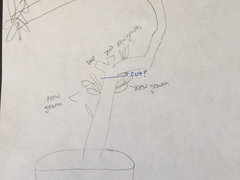





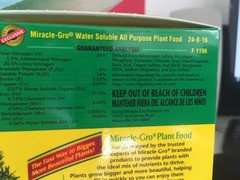
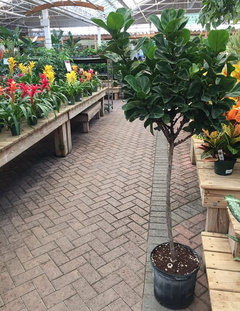
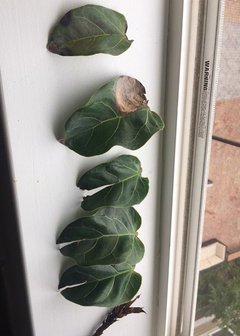
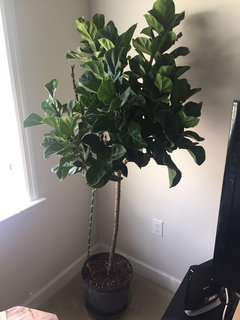

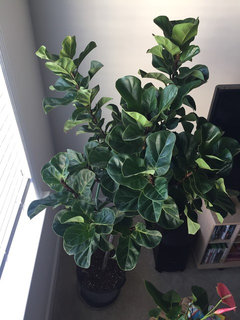

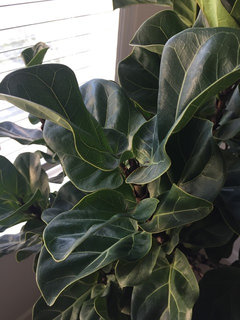

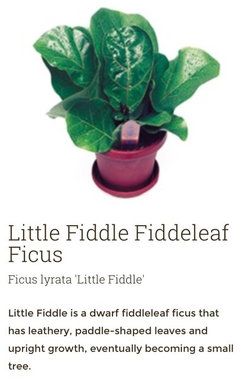

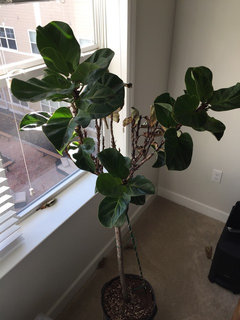

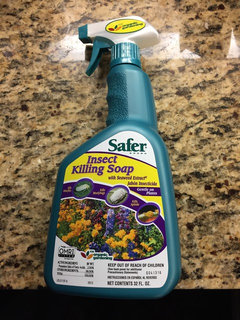
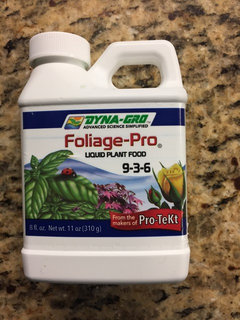
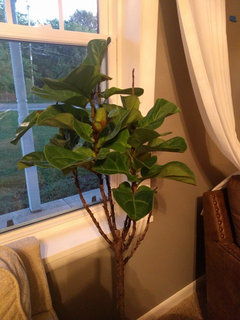

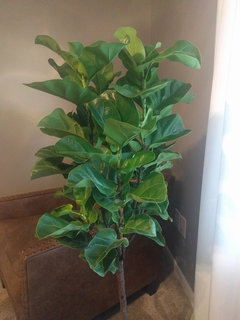





tapla (mid-Michigan, USDA z5b-6a)